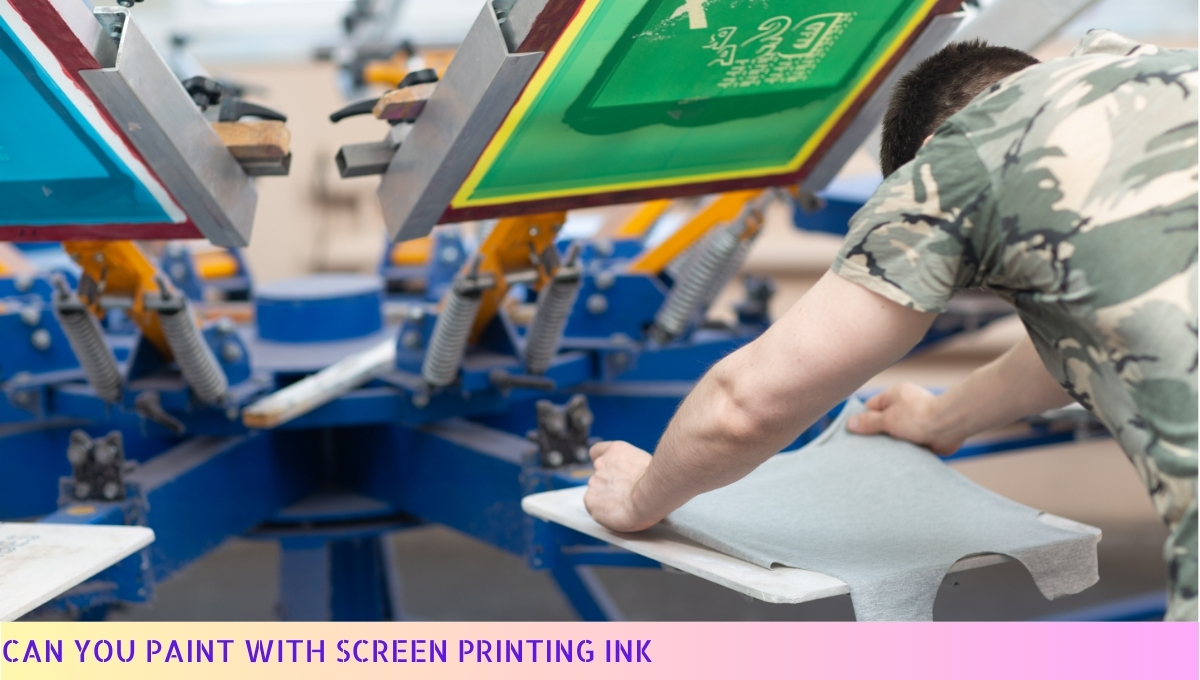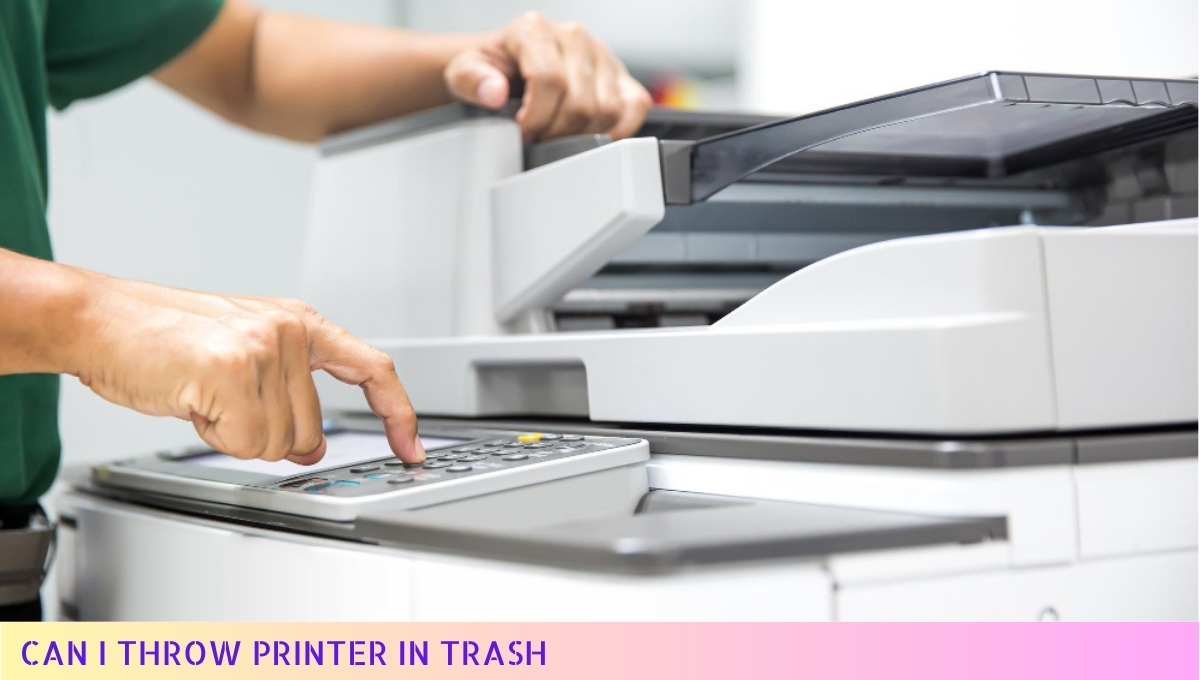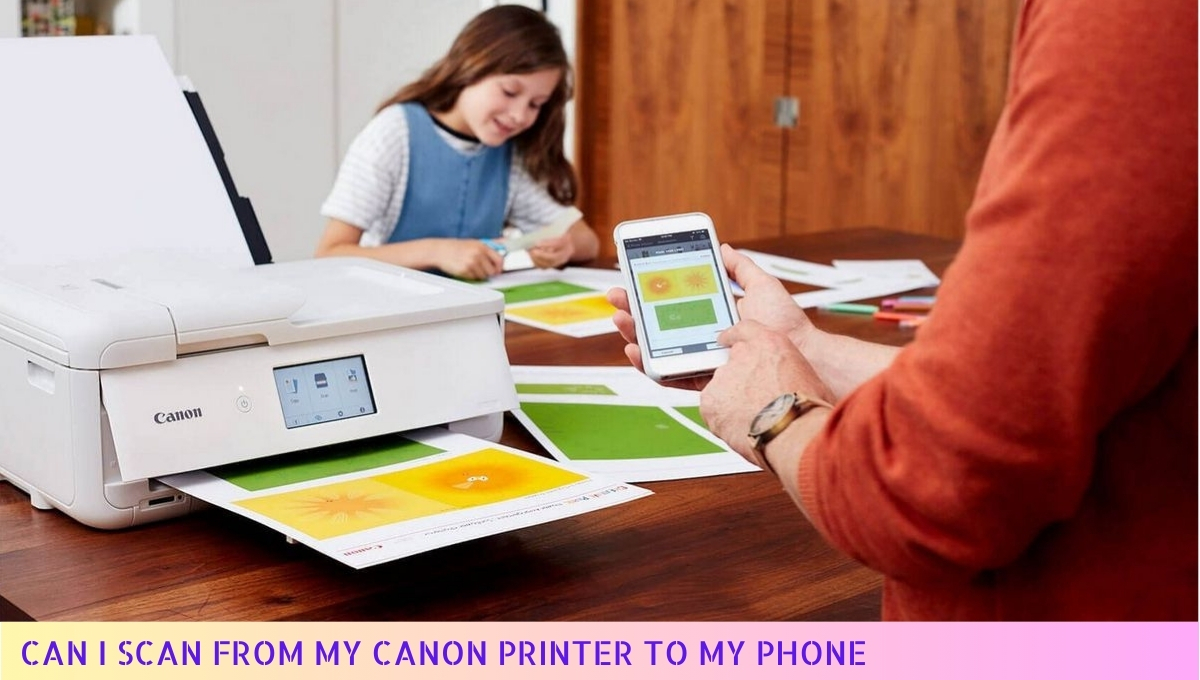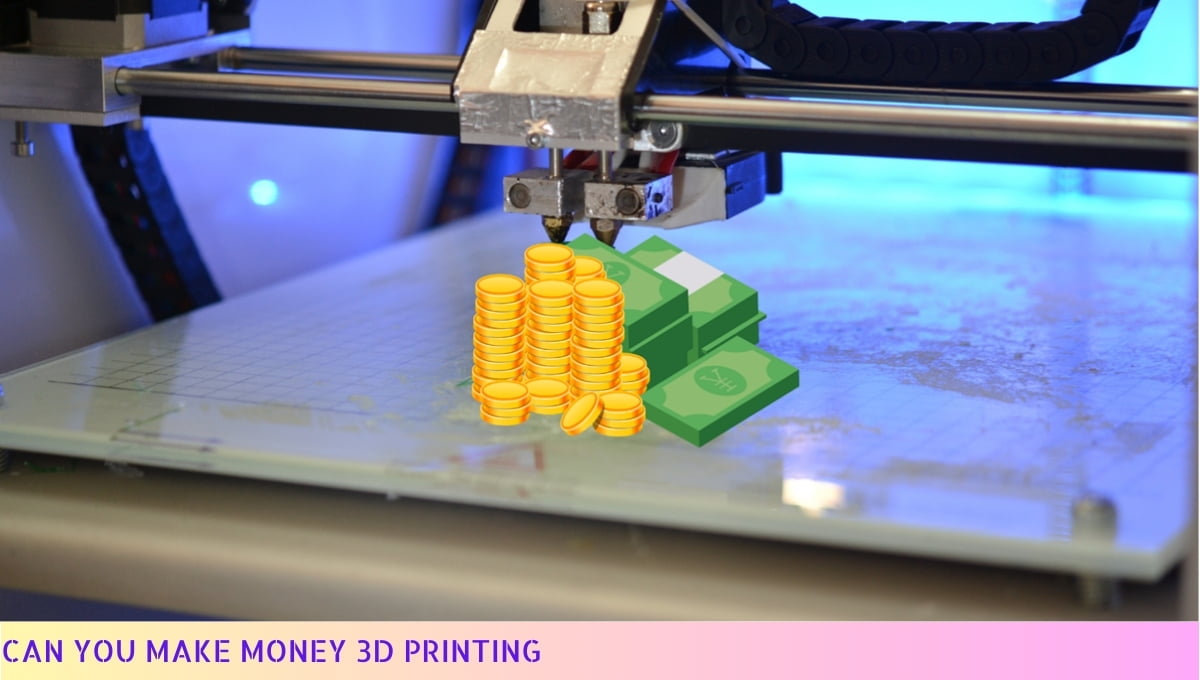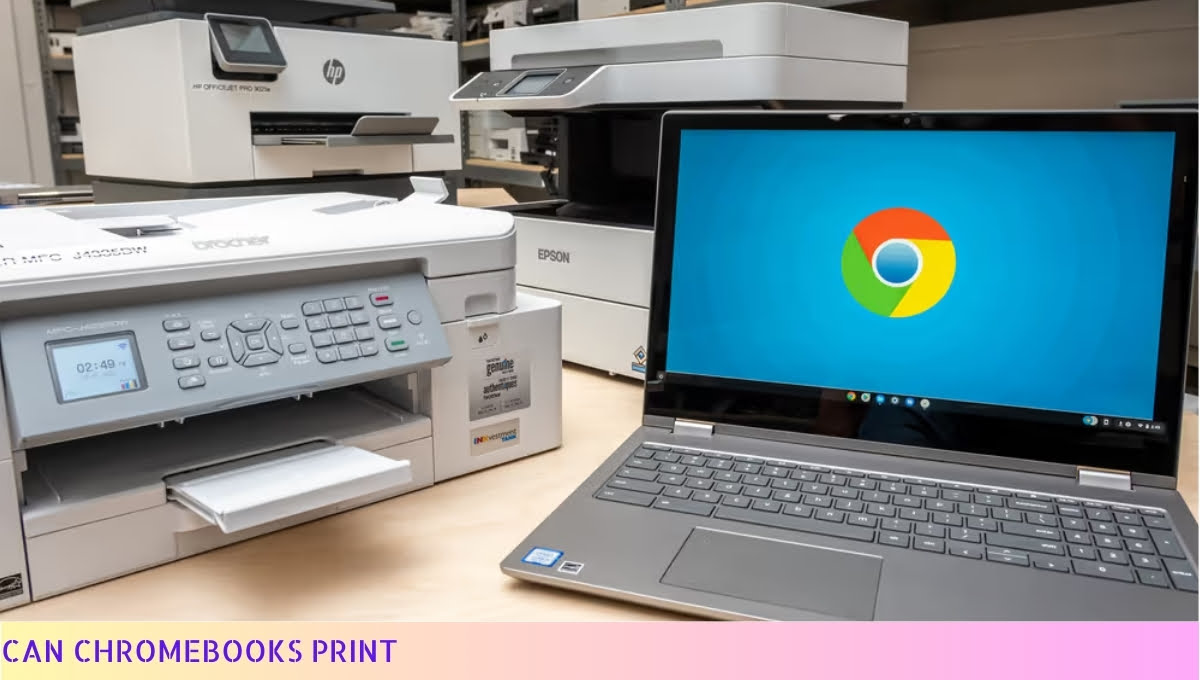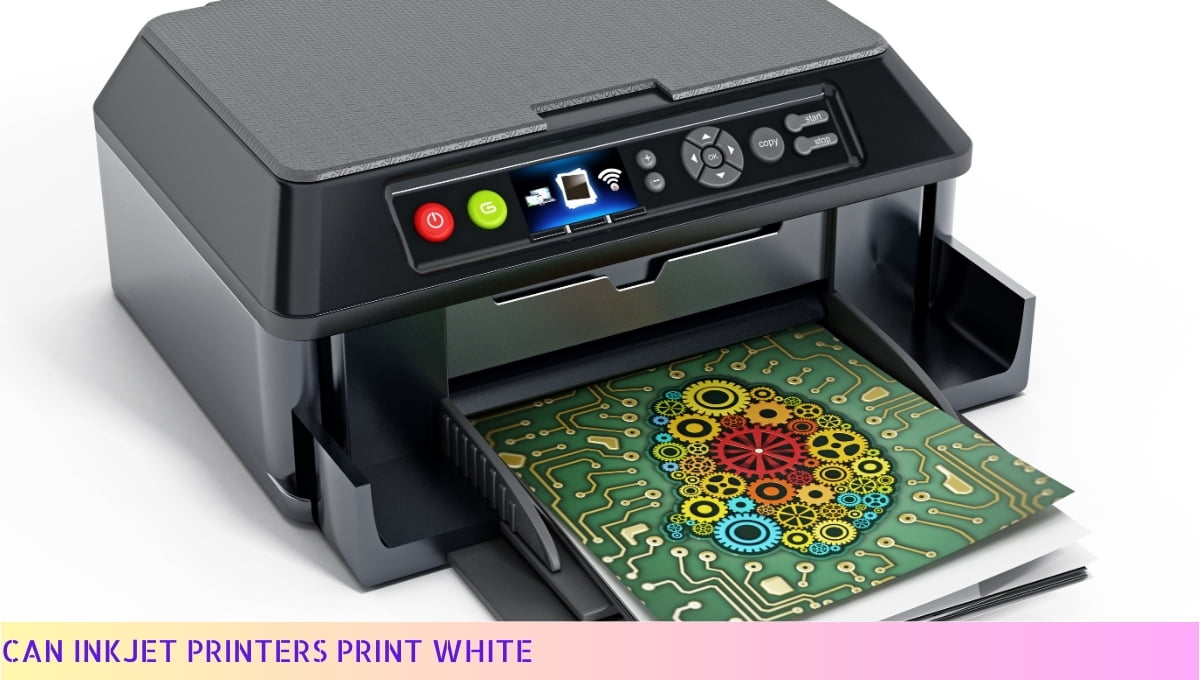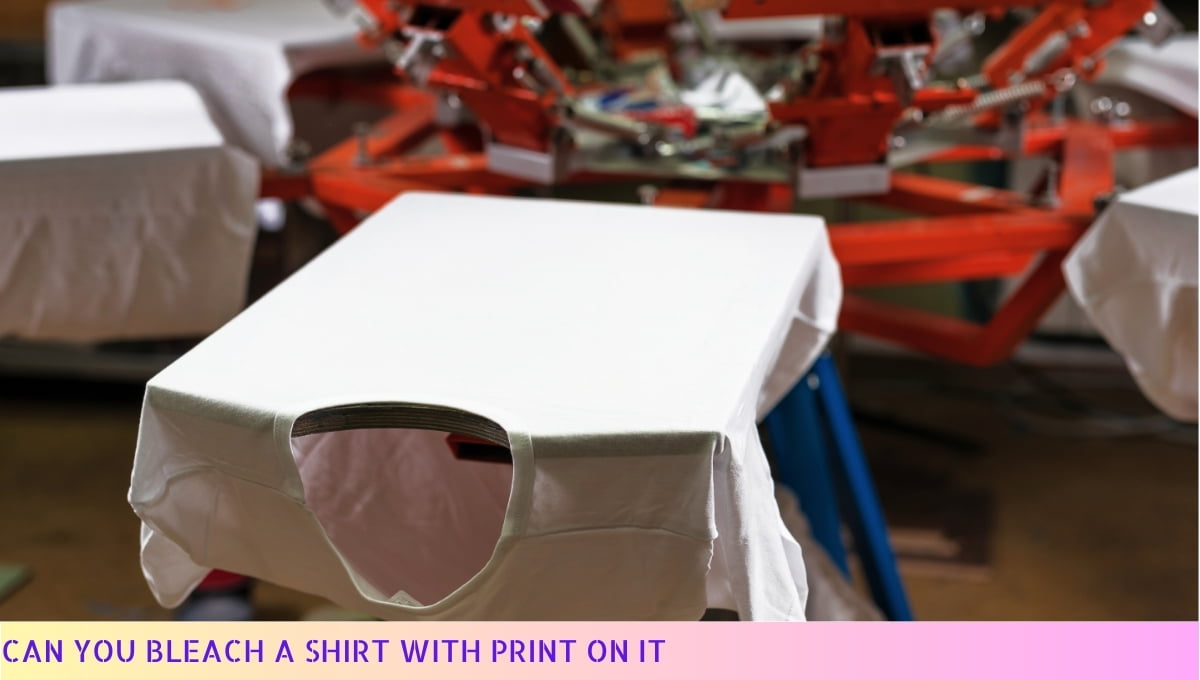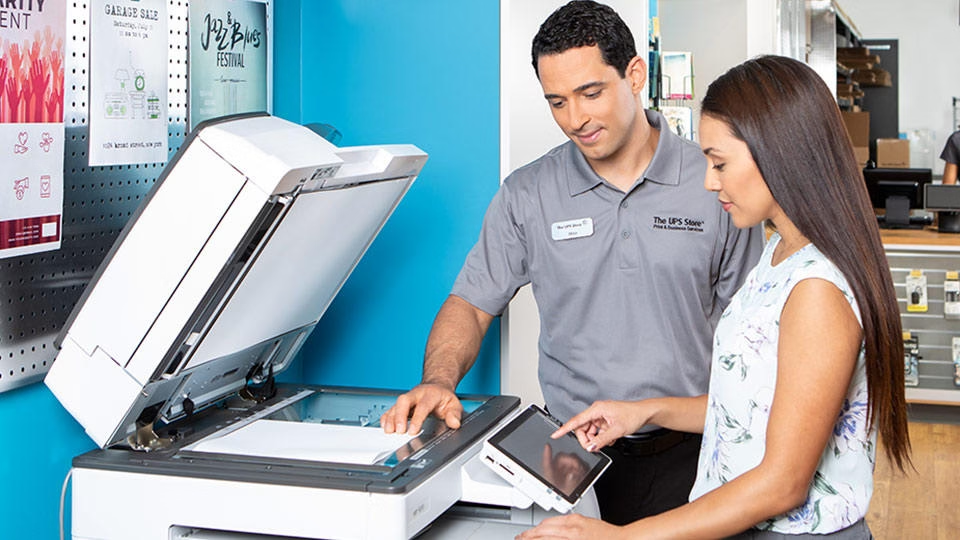Yes, you can paint with screen printing ink. Screen printing ink can be used not only for its traditional purpose of creating prints on various surfaces, but also for painting.
Its versatility allows artists to experiment with different techniques and create unique effects.
Whether you’re looking to paint on canvas, fabric, or even wood, screen printing ink can provide vibrant colors and excellent coverage. So go ahead and unleash your creativity with this versatile medium!
I. Benefits of Using Screen Printing Ink for Painting

Screen printing ink offers a plethora of benefits when it comes to painting. Its unique properties and versatile nature make it an excellent choice for artists looking to explore new horizons.
Let me walk you through some of the advantages of using screen printing ink for your artistic endeavors.
1. Vibrant Colors: Screen printing ink is known for its intense and vibrant colors. Whether you’re aiming for bold and eye-catching hues or subtle and nuanced shades, this ink has got you covered.
Its rich pigments ensure that your artwork stands out and grabs attention.
2. Opacity and Coverage: One of the standout features of screen printing ink is its exceptional opacity. With just a few layers, you can achieve solid coverage on a wide range of surfaces.
This makes it ideal for creating strong, opaque backgrounds or adding depth to your artwork.
3. Versatility: Screen printing ink is compatible with various surfaces, including paper, fabric, wood, and even metal.
This versatility allows you to explore different mediums and experiment with different textures and effects. You can unleash your creativity and bring your artistic vision to life on any canvas you choose.
4. Durability: Once screen printing ink is dry, it becomes highly durable and resistant to fading.
This means that your artwork will retain its vibrant colors and striking appearance for a long time, ensuring that your creations stand the test of time.
5. Easy to Use: Screen printing ink is user-friendly, making it suitable for both beginners and experienced artists.
Its smooth consistency allows for easy application and blending, while its quick-drying nature ensures that you can work efficiently without worrying about smudging or smearing.
Now that you know the benefits of using screen printing ink for painting, it’s time to unleash your creativity and dive into the world of vibrant colors and endless possibilities. Happy painting!
II. Steps to Paint with Screen Printing Ink

Painting with screen printing ink can be a fun and creative way to express yourself.
Whether you’re a beginner or an experienced artist, the following steps will guide you through the process:
- Gather your materials: Start by assembling all the necessary supplies. You’ll need screen printing ink, a screen printing frame, a squeegee, a palette knife, a palette or mixing surface, a brush, and the surface you want to paint on.
- Prepare your workspace: Find a well-ventilated area where you can work comfortably. Lay down some newspaper or a drop cloth to protect your surroundings from any potential mess.
- Prepare the screen: If you’re using a pre-made screen, make sure it’s clean and free from any dust or debris. If you’re creating your own design, use a screen printing emulsion to coat the screen and let it dry according to the manufacturer’s instructions.
- Mix your ink: Squeeze out a small amount of screen printing ink onto your palette or mixing surface. Use a palette knife to mix and blend different colors, creating your desired shades and hues.
- Position the screen: Place the screen onto the surface you want to paint on, making sure it’s secure and properly aligned. You can use masking tape or clamps to hold it in place.
- Apply the ink: Using the squeegee, scoop up a generous amount of ink and place it at one end of the screen. With firm and even pressure, drag the squeegee across the screen, spreading the ink and transferring your design onto the surface.
- Repeat and layer: If you’re creating a multi-colored design or want to add depth to your artwork, repeat the previous step with different colors. Allow each layer to dry before adding another.
- Clean up: After you’re done painting, clean your tools and workspace thoroughly. Use water and mild soap to wash off the ink from the screen, squeegee, and brush. Properly dispose of any leftover ink according to the manufacturer’s instructions.
Remember, practice makes perfect! Don’t be afraid to experiment with different techniques and styles.
Painting with screen printing ink opens up a world of possibilities, allowing you to create unique and vibrant artwork.
III. Tips and Techniques for Painting with Screen Printing Ink

Painting with screen printing ink can be a unique and exciting way to create stunning artwork.
Whether you’re a seasoned artist or just starting out, here are some tips and techniques to help you make the most of your screen printing ink:
- Prepare your workspace: Before you begin, make sure you have a clean and organized workspace.
Lay down some newspaper or a drop cloth to protect your surfaces from any potential ink spills. - Choose the right materials: Selecting the appropriate materials is crucial for a successful screen printing ink painting. Use a high-quality screen printing ink that is specifically designed for painting purposes.
Additionally, make sure you have the necessary tools such as screens, squeegees, and a palette. - Experiment with different techniques: Screen printing ink offers a wide range of possibilities when it comes to creating unique effects.
Try experimenting with different techniques like layering, blending, and masking to add depth and texture to your artwork. Don’t be afraid to get creative and explore new ways to use the ink. - Control the ink consistency: The consistency of the ink plays a crucial role in achieving the desired results. Depending on the effect you want to achieve, you may need to adjust the ink’s viscosity.
Add a bit of water to thin it out or use a retarder to slow down the drying time. Remember to test the consistency on a scrap piece of paper before applying it to your artwork. - Work in layers: Building up your artwork in layers can add depth and dimension to your paintings. Start with lighter colors as the base and gradually add darker shades on top.
This technique allows you to create a sense of depth and realism in your artwork. - Experiment with different surfaces: While screen printing ink is commonly used on paper, don’t limit yourself to just one surface. Try experimenting with different materials like fabric, wood, or even glass.
Each surface will react differently to the ink, giving you a unique and unexpected outcome. - Protect your artwork: Once your painting is complete, make sure to protect it from smudging or fading.
Allow the ink to dry completely before handling or framing your artwork. Consider using a fixative spray to seal and protect the colors.
By following these tips and techniques, you can unleash your creativity and create captivating artwork using screen printing ink.
Remember, practice makes perfect, so don’t be discouraged if your first attempts don’t turn out exactly as planned. Embrace the process and enjoy the journey of discovering the endless possibilities of screen printing ink.
IV. Differences Between Screen Printing Ink and Traditional Painting Mediums

When it comes to exploring the world of art, there are various mediums that artists can use to express their creativity.
One popular option is screen printing ink, which offers a unique set of characteristics and advantages compared to traditional painting mediums.
Let’s delve into the key differences that set screen printing ink apart:
- Viscosity: Screen printing ink has a higher viscosity compared to traditional painting mediums. This means that it is thicker and more resistant to flowing.
The advantage of this thicker consistency is that it allows for better control and precision when applying the ink onto the surface. It also reduces the likelihood of unwanted drips or smudges. - Opacity: Screen printing ink tends to have a higher opacity than traditional painting mediums. This means that it provides better coverage and can easily create bold, vibrant colors.
The ability to achieve solid, opaque layers of ink is particularly beneficial when working on darker or textured surfaces. - Drying Time: Screen printing ink typically has a faster drying time compared to traditional painting mediums. This means that artists can work more efficiently and complete their projects in a shorter amount of time.
Additionally, the quick drying time allows for easier layering and the possibility of adding intricate details without waiting for extended periods between layers. - Compatibility: While traditional painting mediums are primarily designed for use on canvas or paper, screen printing ink offers greater versatility.
It can be used on a wide range of surfaces, including fabric, wood, metal, and plastic. This opens up a whole new realm of possibilities for artists who want to experiment with different materials and textures. - Longevity: Screen printing ink is known for its exceptional durability and longevity. Once it is properly cured, it becomes resistant to fading, cracking, and peeling.
This makes it an ideal choice for creating artwork that will withstand the test of time, whether it’s a painting displayed indoors or an outdoor mural.
By understanding these key differences between screen printing ink and traditional painting mediums, artists can make informed choices about which medium best suits their artistic vision and desired outcomes.
Whether you prefer the versatility and control of screen printing ink or the traditional charm of other mediums, the world of art offers endless possibilities for self-expression and creativity.
Can You Paint With Screen Printing Ink – FAQs
1. Can you paint with screen printing ink?
Yes, screen printing ink can be used for painting. However, it is important to note that screen printing ink is specifically designed for screen printing processes and may not have the same characteristics as traditional painting mediums.
2. What is screen printing ink made of?
Screen printing ink is typically made of a pigment, a binder, and a solvent. The pigment provides color, the binder helps the ink adhere to the surface, and the solvent keeps the ink in a liquid form for easy application.
3. Can screen printing ink be used on different surfaces?
Yes, screen printing ink can be used on various surfaces such as fabric, paper, wood, metal, and plastic. However, it is important to choose the appropriate type of ink for the specific surface to ensure proper adhesion and longevity.
4. Is screen printing ink permanent?
Screen printing ink is known for its durability and longevity. When properly cured and applied to a suitable surface, it can be resistant to fading, cracking, and peeling. However, the permanence of the ink may vary depending on factors such as the type of ink used and the conditions it is exposed to.
5. Can screen printing ink be mixed to create custom colors?
Yes, screen printing ink can be mixed to create custom colors. Many manufacturers offer a wide range of pre-mixed colors, but you can also mix different colors together to achieve your desired shade or hue. It is recommended to use a palette knife or a similar tool to ensure thorough mixing.
6. How do you apply screen printing ink for painting?
When using screen printing ink for painting, you can apply it with a brush, a palette knife, or other painting tools. It is important to consider the viscosity of the ink and adjust it if necessary to achieve the desired consistency for your painting technique.
7. Can screen printing ink be diluted with water?
Some types of screen printing ink can be diluted with water to achieve a thinner consistency. However, it is essential to check the manufacturer’s instructions or consult with an expert to ensure that water dilution is suitable for the specific ink you are using.
8. Can screen printing ink be used for fine details?
Screen printing ink can be used for fine details, but it may require the use of specialized tools such as fine brushes or fine-point pens. Additionally, the viscosity of the ink may need to be adjusted to ensure smooth and precise application.
9. How long does screen printing ink take to dry?
The drying time of screen printing ink can vary depending on factors such as the type of ink, the thickness of the application, and the environmental conditions. Typically, screen printing ink can take anywhere from a few minutes to several hours to dry completely.
10. Can you mix screen printing ink with other painting mediums?
While it is possible to mix screen printing ink with other painting mediums, it is important to test the compatibility of the materials beforehand. Some combinations may not work well together and could result in undesirable effects or compromised durability.
Wrapping Up
So, can you paint with screen printing ink? The answer is a resounding yes! Screen printing ink can be used as a versatile medium for painting.
Its vibrant colors and smooth consistency make it perfect for creating bold and expressive artworks. Whether you’re a professional artist or just starting out, screen printing ink offers endless possibilities.
So grab your brushes, canvas, and some screen printing ink, and let your creativity flow. With this unique medium, you can bring your artistic vision to life in a whole new way. Happy painting!

